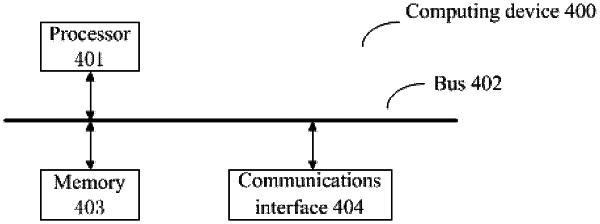| CPC G06T 17/005 (2013.01) | 6 Claims |

|
1. A method for describing a relationship between objects in a three-dimensional virtual space, wherein the objects in the three-dimensional virtual space are associated with nodes arranged as a tree structure under a three-dimensional virtual space node, and the method comprises:
determining whether a node of the nodes is a first-level node under the three-dimensional virtual space node;
when it is determined that the node is the first-level node under the three-dimensional virtual space node, that a position and a rotation direction of an object associated with the node are free; and
when it is determined that the node is not the first-level node under the three-dimensional virtual space node, obtaining a node type of the node and a node type of a parent node of the node, and determining, according to the node type of the node and the node type of the parent node, the object associated with the node maintains or does not maintain a relative position relative to an object associated with the parent node, and maintains or does not maintain a relative rotation direction relative to the object associated with the parent node,
wherein the node type comprises a standard node type, a hinge node type, a slider node type, and a stabilizer node type,
wherein when the node type is the standard node type, a position property of a standard node is locked in all dimensions, and a rotation property of the standard node is locked in all dimensions;
when the node type is the hinge node type, a position property of a hinge node is locked in all dimensions, and a rotation property of the hinge node is free in one dimension and locked in other dimensions;
when the node type is the slider node type, a position property of a slider node is free in one dimension and locked in other dimensions, and a rotation property of the slider node is locked in all dimensions; and
when the node type is the stabilizer node type, a position property of a stabilizer node is free in all dimensions, and a rotation property of the stabilizer node is locked in all dimensions, and
wherein the determining, according to the node type of the node and the node type of the parent node, the object associated with the node maintains or does not maintain a relative position relative to an object associated with the parent node, and maintains or does not maintain a relative rotation direction relative to the object associated with the parent node, comprising:
according to the node type of the node and the node type of the parent node, respectively determining in each dimension whether position properties of the node and the parent node are both locked, and whether rotation properties of the node and the parent node are both locked;
when it is determined in a certain dimension that the position properties of the node and the parent node are both locked, determining in this dimension that the object associated with the node maintains a relative position relative to the object associated with the parent node;
when it is determined in a certain dimension that the rotation properties of the node and the parent node are both locked, determining in this dimension that the object associated with the node maintains a relative rotation direction relative to the object associated with the parent node;
when it is determined in a certain dimension that the position properties of the node and the parent node are not both locked, determining in this dimension that the object associated with the node does not maintain a relative position relative to the object associated with the parent node; and
when it is determined in a certain dimension that the rotation properties of the node and the parent node are not both locked, determining in this dimension that the object associated with the node does not maintain a relative rotation direction relative to the object associated with the parent node.
|